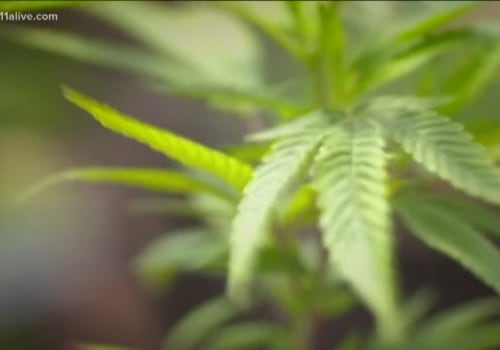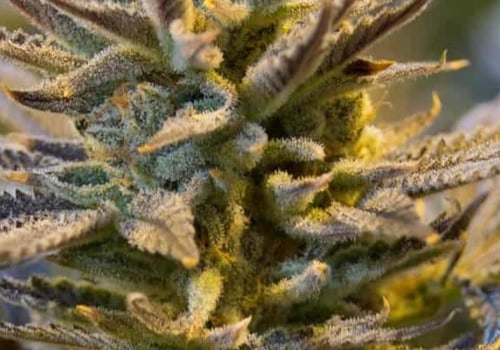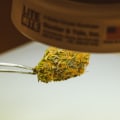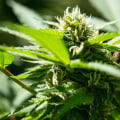Medical Marijuana Treatment Center Edible Food Permit is for medical marijuana edibles produced in a medical marijuana treatment center. On a visit to Flowery, a medical marijuana growing operation in Homestead, Florida, it's impressive to see how discreet the facility is. Tucked away in South Dade's sprawling farmland, it's easy to overlook the building through rows of flowers and ornamental plants. Organigram's operation stands in stark contrast to the image of an illicit farm hidden in the forest.
It is completely indoors, with 52 identical grow rooms spread over three floors. Plants are propagated by cloning, rather than growing from seed, so the genetic identity of the crop remains the same from generation to generation. Growers track and record all crop parameters and then modify them as needed to maintain consistency. Purcell sees the company's operation as a “manufacturing plant,” rather than a garden or greenhouse.
In California, adults 21 and older can grow up to six plants for personal use, and no more than six plants are allowed in a residence at a time. Medical cannabis patients do not have growth peaks. Instead, they are allowed to increase the amount they need to treat their medical conditions within an area of 100 square feet. However, local jurisdictions can set their own limits.
Unlike recreational marijuana, all medical marijuana has to undergo a series of tests to ensure its high quality. If two approved medical marijuana patients live in the same residence, they can grow a total of eight mature plants and eight seedlings. At the end of the day, Sunshine State's burgeoning medical marijuana program seems to have a very bright future. Medical marijuana has a detailed history and its use is well documented in many ancient empires, including the Chinese, Greek and Egyptian, who use it to treat ailments, including cancerous tumors.
Florida medical marijuana law states that only the Florida Department of Health (DOH) can issue MMTC licenses. There are no excise taxes on medical marijuana in Florida, but purchases are subject to a 6 percent sales tax. Florida's large senior population is also factored in in the burgeoning state medical marijuana program. Many patients who are interested in medical marijuana as an alternative medicine, especially those with sudden onset diseases such as PTSD, prefer smoking because of its near-instantaneous effects.
Recently, as a result of a legal challenge, Florida state regulators approved eight new medical marijuana licenses, in addition to the 14 already granted, and there are still 3 licenses available to interested growers. Advocates “asked lawmakers to ensure a license is reserved for a black farmer,” said Roz McCarthy, director of Orlando-based Minorities for Medical Marijuana (M4MM). Another reason Florida's medical marijuana program is growing so fast is that Florida doctors seem to be more eager to participate than those in the northeastern states. The good news for many Florida medical marijuana patients in peripheral and less affluent areas of the state is that in order to obtain their licenses, the eight new licensees had to agree to provide better access to patients by locating a percentage of dispensaries within impoverished communities and rural areas.
He believed in the medical advantages that marijuana provided compared to all the other drugs that Veterans Affairs doctors had prescribed for him, according to his father. Last spring, the Florida Supreme Court sided with the DOH against Florigrown, ruling that the constitutional amendment that legalized medical marijuana also gave the state legislature authority to make rules. .










